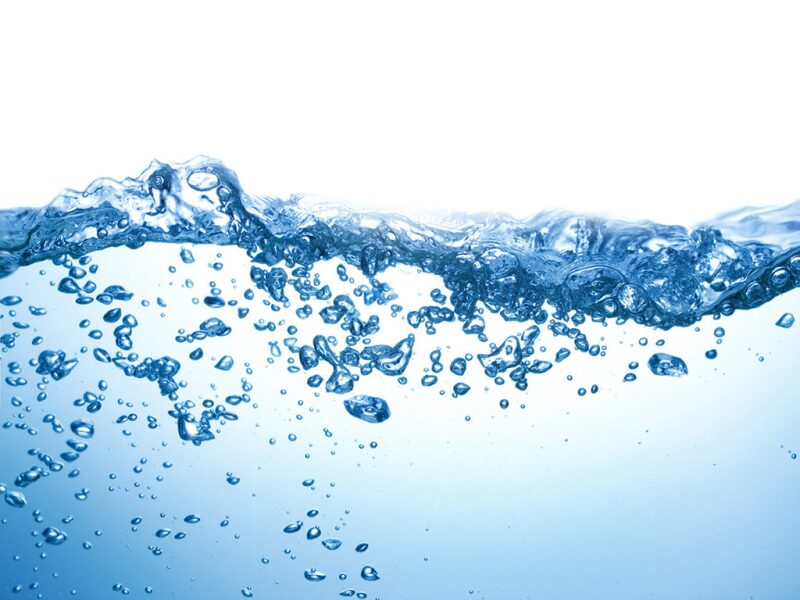Recently, flowback chemical analysis has been considered to be a complementary approach for evaluating fracturing operations and characterizing reservoir properties. Understanding the source of flowback salts and the mechanisms controlling the water chemistry is essential but also challenging because of the complexity of water/shale interactions. In this study, samples of flowback water and downhole shales are analyzed to investigate the mechanisms controlling the chemistry of flowback water.
Introduction
Field data show that chemistry of flowback water is substantially different from that of the injected water. For instance, in the Horn River Basin (HRB), slickwater (with salinity levels similar to those of fresh water) is injected into the reservoir to create fractures, while the recovered flowback water is highly saline (40,000–70,000 ppm).
Analysis of flowback data from the HRB wells indicates that the shape of the salt-concentration profiles is related to the fracture-network complexity.


